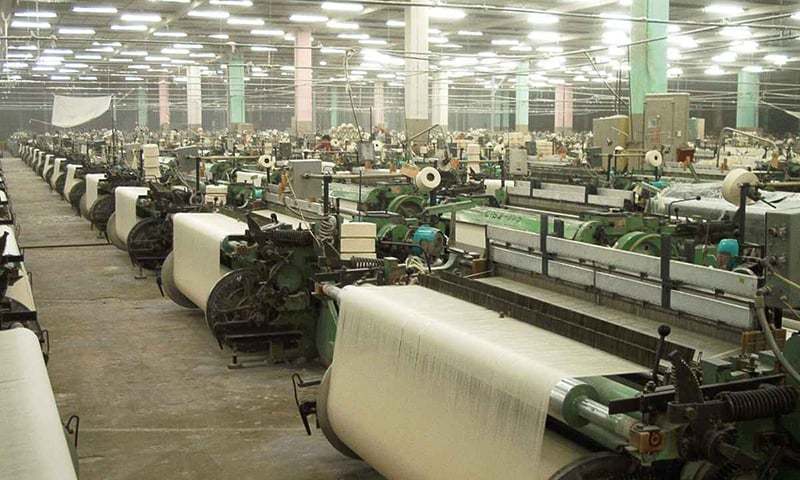BANKS generally lend generously to the private sector when government borrowing is down. But they queue up to invest funds in treasury bills and bonds as soon as the government decides to shift its borrowing from the central bank to commercial banks.
“The time for that has already arrived,” says the president of a local bank, adding that the government is expected to make some net borrowing in the ongoing second half of 2018-19 unlike the first half when it kept retiring debts of commercial banks. Senior executives of several other banks also share this assessment. Is that wishful thinking? A quick analysis of monetary data from past years shows, it is not.
In Pakistan, the government keeps switching gears from central bank borrowing to commercial bank borrowing. Banks are smart enough to predict the timing of this switchover with accuracy.
Since the return of democracy after General Musharraf’s rule, the government has been providing banks with an opportunity to invest heavily in treasury bills and bonds even if it crowds out the private sector.
The State Bank of Pakistan (SBP) also manages liquidity levels in the interbank market in such a manner that eventually facilitates this arrangement.
The recent surge in the private-sector lending is no harbinger of a structural shift in the banks’ behaviour, although federal ministers want us to believe otherwise
Banks meet the private sector’s credit requirement as long as it doesn’t disrupt their strategy to earn maximum money through investment in government securities.
“No dramatic rise and fall in the private-sector lending can occur, independent of a close coordination among the government, the SBP and commercial banks,” explains a senior former central banker.
Whenever the government is borrowing too much from the central bank, it is almost certain that its borrowing from commercial banks will remain low or negative and vice versa, top bank executives say.
The recent surge in the private-sector lending is not at all surprising and no harbinger of any structural shift in the banks’ behaviour as some federal ministers want us to believe. Between July 1, 2018 and Jan 4, 2019, banks lent Rs496 billion to the private sector, up more than 100 per cent from Rs233bn in the year-ago period, according toSBP data.
During this period, the federal government retired a huge sum of Rs2.6 trillion of bank credit mobilised earlier for budgetary support in addition to repaying another Rs93bn that it had borrowed for commodity operations.
Obviously, in the absence of net government borrowing for budgetary support and commodity operations, banks have to lend more generously to the private sector to keep their interest income from falling.
Since private-sector loans yield returns that are higher than ones on government securities, more than 100pc rise in the private-sector lending is going to keep their profits high.
But at a time when the manufacturing sector’s output is contracting, higher lending to this sector is an indicator of the tough times manufacturing companies are faced with. Bank lending affects output growth of the manufacturing sector with a time lag.
According to the Pakistan Bureau of Statistics, large-scale manufacturing in July-November contracted by 0.9pc. With the expected slowdown in economic growth to 4.2pc in the best-case scenario in 2018-19 from 5.8pc in 2017-18, manufacturing growth will remain quite low.
The sectoral distribution of credit also indicates that growth in lending during the period under review occurred not because of any structural shift in the lending policies of banks. It happened because of other factors. In July-Nov 2018, the banks’ lending to private-sector businesses totalled Rs319bn. But the bulk of it (Rs237bn or 74pc) went to manufacturing. In July-Nov 2017, net manufacturing loans grew by just Rs48bn.
With economic growth slowing down and the interest rate on the rise, banks’ net consumer lending shrank to Rs25bn in July-Nov 2018 from Rs30bn last year
“So the current expansion in manufacturing loans that has effectively pushed up the total private-sector lending is largely an adjustment of the unmet demand and an indicator of the fact that this sector is struggling,” concedes a senior executive of a large local bank.
The net lending to the agriculture sector in the first five months of this fiscal year remained negative, which is an indication of its poor performance. This fact may surprise many as government officials keep telling us about hundreds of billions of rupees worth of loans being made to the agriculture sector. But that lending is on a gross basis. SBP data reveals that banks made Rs221bn worth of agriculture loans on a gross basis during the first quarter of this fiscal year, up from Rs156bn in the last year.
A tight monetary policy has affected the pace of consumer lending. With economic growth slowing down and the interest rate on the rise, banks’ net consumer lending shrank to Rs25bn in July-Nov 2018 from a little over Rs30bn in the year-ago period.
Bankers say that a growing trend in personal loans continues, adding that the pace of growth is brisk. Do personal loans in Pakistan expand during and immediately after years of low economic growth? “It seems so,” says a senior central banker. “But don’t forget that real interest rates, job market vagaries, pent-up demand and familial and social pressures also affect personal loans off-take.”

Comments
Post a Comment